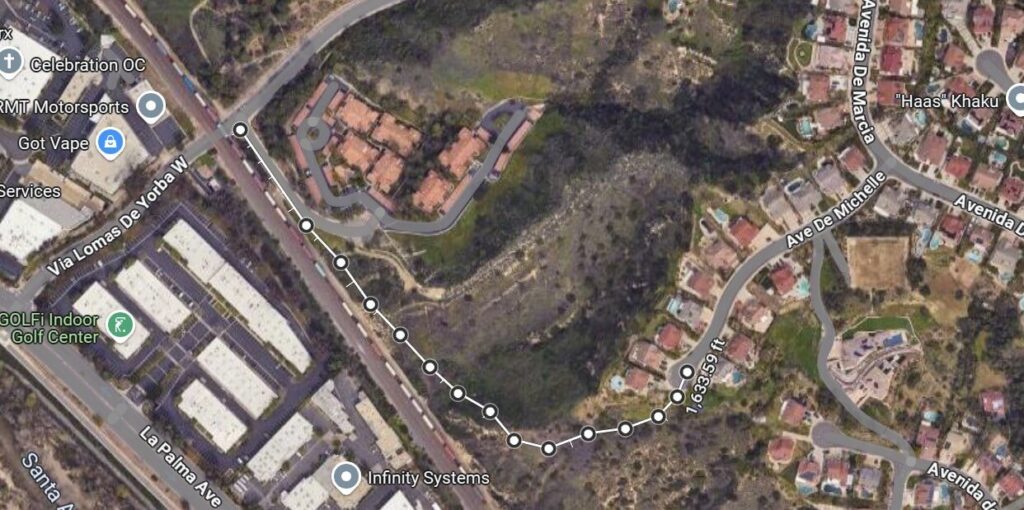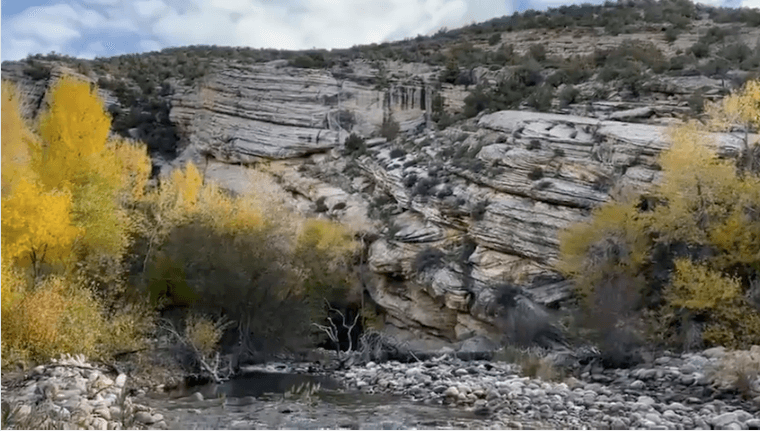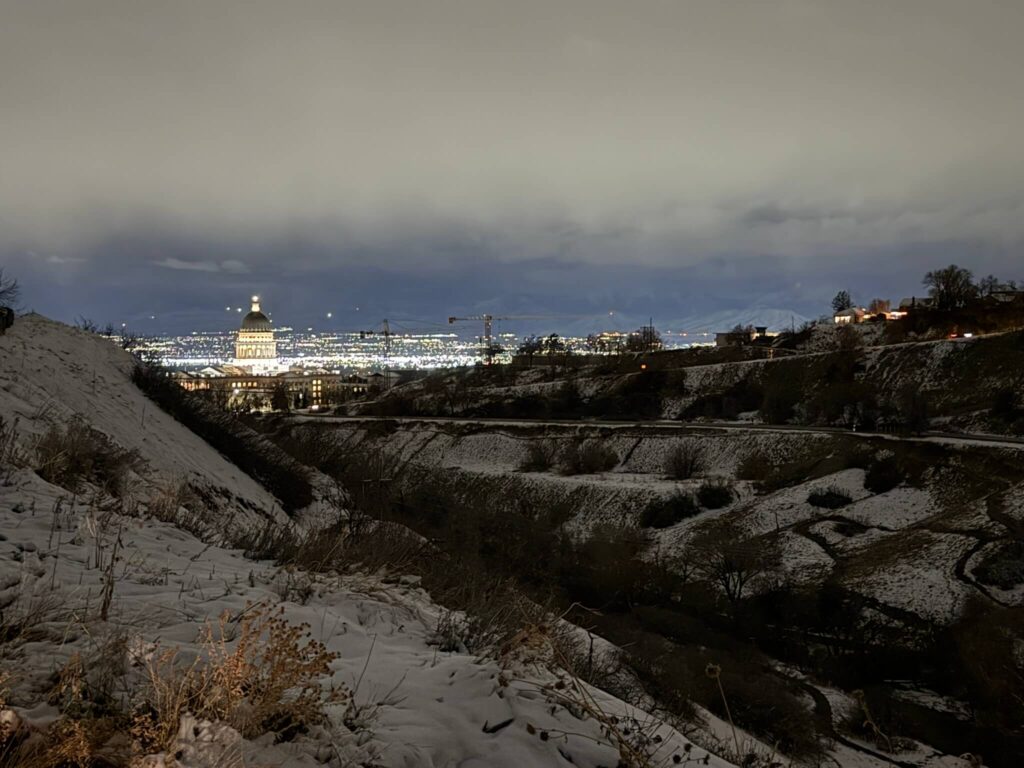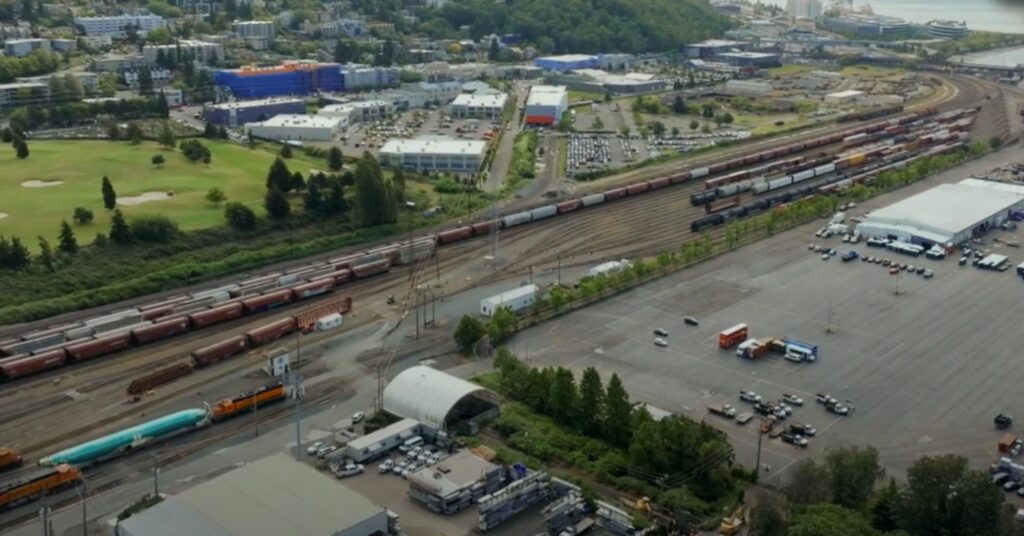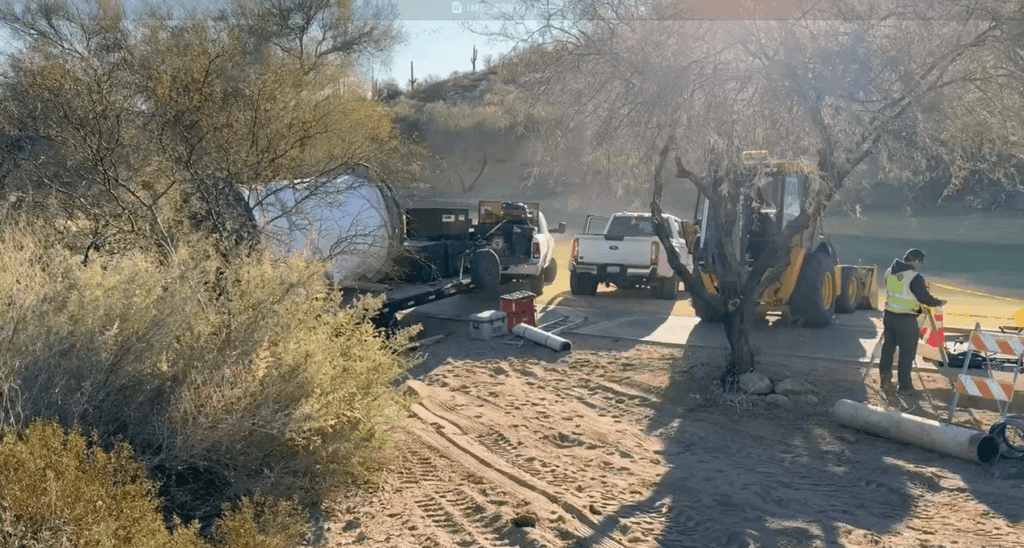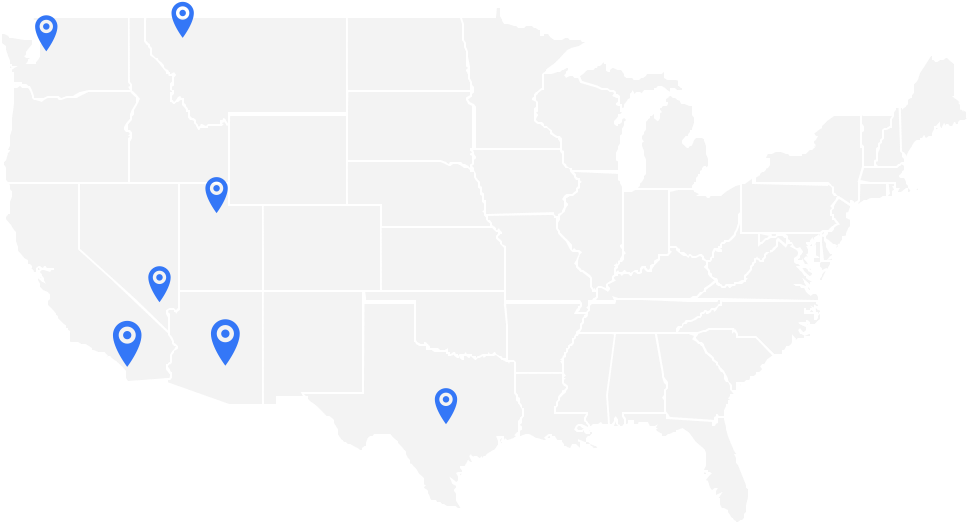CIPP IS 100% WARRANTIED AND CAN LAST MORE
THAN 50 YEARS.
Cured-In-Place Pipe (CIPP) is a method of trenchless rehabilitation and restoration used in the repair of existing pipes.
How CIPP works.
As a trenchless method, CIPP rehabilitates leaking or unsound pipes through existing access points without excavation. CIPP reduces infiltration and leaks without environmental stress. Compared to our other services like SIPP and Primus Line, CIPP may be right for you. Let our experts help you choose the right product for your project.
Features.
Applications.
Common uses of cured-in-place pipe (CIPP) lining include sanitary, sewer and storm pipe repair and rehabilitation. Let our experts help you determine the right solution for your situation.
Testimonials.
Case Studies
